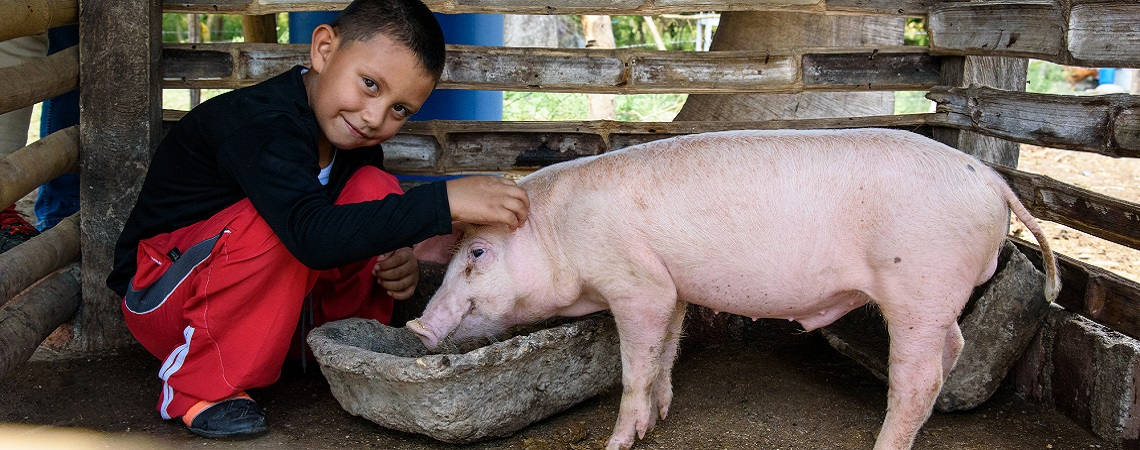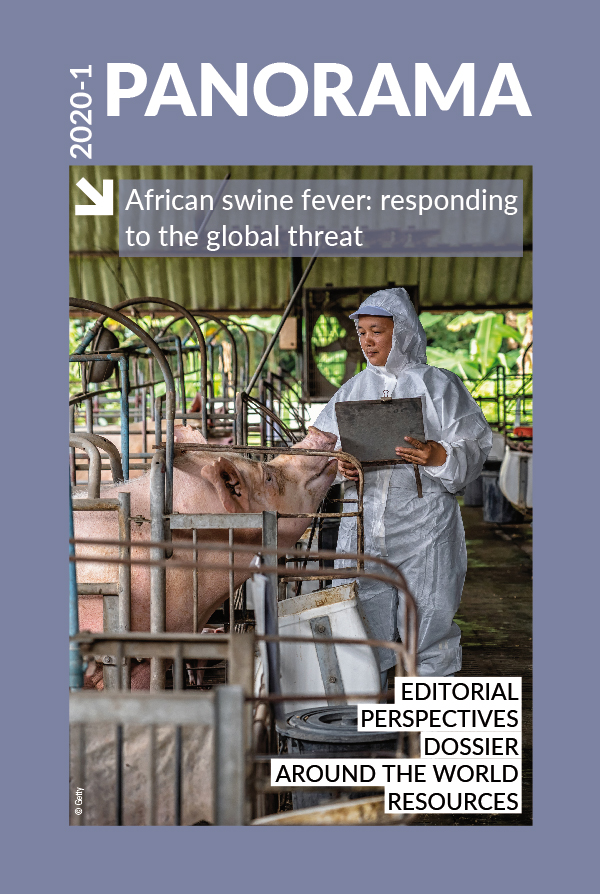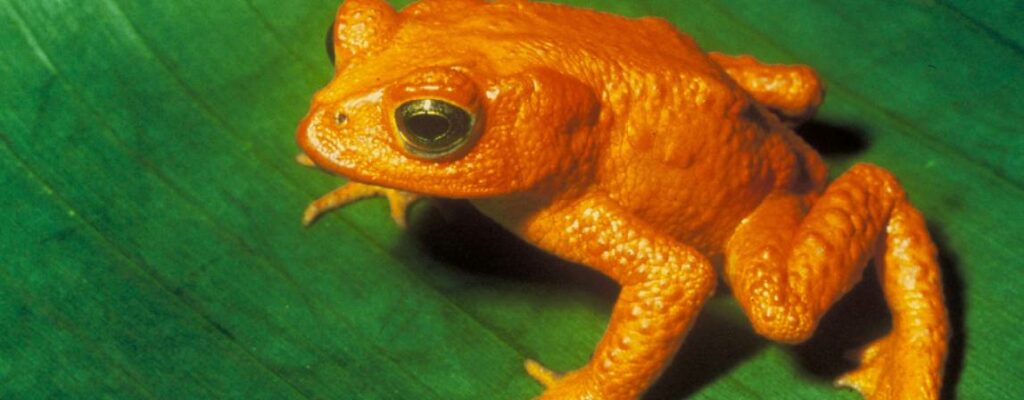Dossier Posted on 2020-07-24 16:20:45
Management options to mitigate the risk of swill feeding
Keywords
Authors
Mary Louise Penrith, Extraordinary Professor, Department of Veterinary Tropical Diseases, Faculty of Veterinary Science, Onderstepoort, University of Pretoria, Pretoria, South Africa.
The designations and denominations employed and the presentation of the material in this article do not imply the expression of any opinion whatsoever on the part of the OIE concerning the legal status of any country, territory, city or area or of its authorities, or concerning the delimitation of its frontiers and boundaries.
The views expressed in this article are solely the responsibility of the author(s). The mention of specific companies or products of manufacturers, whether or not these have been patented, does not imply that these have been endorsed or recommended by the OIE in preference to others of a similar nature that are not mentioned.
Introduction
Feeding catering waste as swill is an affordable option for millions of smallholders who raise pigs to improve their household income. Unfortunately, swill derived from leftover food that may contain insufficiently cooked pork poses a risk of both classical and African swine fever, as both viruses can persist for long periods in chilled or frozen pork [1, 2, 3, 4].
Are bans on swill the only option?
Bans need to be reinforced by inspection, but day-to-day practices in numerous smallholdings cannot be adequately monitored, and therefore bans result in – at best – a false sense of security. Furthermore, while effective risk communication is essential for all approaches, it should focus on the severe consequences of the disease, rather than possible punitive measures, to encourage informed cooperation from pig owners.
Taking a more constructive and practical approach
Licensing safe food waste products, such as vegetables, is a useful approach but excludes meat. It has been pointed out that vast amounts of waste food discarded by retail outlets and households could be processed into nutritious and safe food for pigs [5, 6, 7, 8, 9], and Japan has made considerable advances in this respect [10, 11]. For large-scale production, industrial-scale factories could be licensed to process waste food, by methods known to inactivate pathogens of concern, into dry pelleted or liquid feeds that would be more affordable than grain-based commercial rations [8]. Alternatively, supported by effective risk communication, food waste could be processed at a cottage-industry or household level to enable its safe use in rural areas or areas of low pig density.
Table I. Approaches to preventing the introduction of diseases through swill feeding
| Management approach | Advantages | Disadvantages |
|
|
|
|
|
|
|
|
|
http://dx.doi.org/10.20506/bull.2020.1.3130
References
- Edwards S. (2000). – Survival and inactivation of classical swine fever virus. Vet. Microbiol., 73 (2–3), 175–181. https://doi.org/10.1016/s0378-1135(00)00143-7.
- Mebus C., Arias M., Pineda J.M., Tapiador J., House C. & Sánchez-Vizcaíno J.M. (1997). – Survival of several different porcine viruses in Spanish dry-cured meat products. Food Chem., 59 (4), 555–559. https://doi.org/10.1016/s0308-8146(97)00006-x.
- Petrini S., Feliziani F., Casciari C., Giammarioli M., Torresi C. & de Mia G.M. (2019). – Survival of African swine fever virus (ASFV) in various traditional Italian dry-cured meat products. Prev. Vet. Med., 162, 126–130. https://doi.org/10.1016/j.prevetmed.2018.11.013.
- Probst C., Gethmann J., Amler S., Globig A., Knoll B. & Conraths F.J. (2019). – The potential role of scavengers in spreading African swine fever among wild boar. Sci. Rep., 9, 11450. https://doi.org/10.1038/s41598-019-47623-5.
- Chen T., Jin Y. & Shen D. (2015) – A safety analysis of three food-waste derived animal feeds from three typical conversion techniques in China. Waste Manag., 45, 42–50. https://doi.org/10.1016/j.wasman.2015.06.041.
- García A.J., Esteban M.B., Márquez M.C. & Ramos P. (2005). – Biodegradable municipal solid waste: characterization and potential use as animal feedstuffs. Waste Manag., 25 (8), 780–787. https://doi.org/10.1016/j.wasman.2005.01.006.
- Roeder P. (2011). – Making a global impact: challenges for the future. Vet. Rec., 169 (26), 671–674. http://dx.doi.org/10.1136/vr.d8253.
- zu Ermgassen E.K.H.J., Phalan B., Green R.E. & Balmford A. (2016). – Reducing the land use of EU pork production: where there’s swill, there’s a way. Food Policy, 58, 35–48. https://doi.org/10.1016/j.foodpol.2015.11.001.
- zu Ermgassen E.K.H.J., Kelly M., Bladon E., Salemdeeb R. & Balmford A. (2018) – Support amongst UK pig farmers and agricultural stakeholders for the use of food losses in animal feed. PLoS ONE, 13 (4), e0196288. https://doi.org/10.1371/journal.pone.0196288.
- Kawashima T. (2004). – The use of food waste as a protein source for animal feed – current status and technological development in Japan. http://www.fao.org/3/y5019e/y5019e0i.htm.
- Sasaki K., Aizaki H., Motoyama M., Ohmori H. & Kawashima T. (2011). – Impressions and purchasing intentions of Japanese consumers regarding pork produced by ‘Ecofeed’, a trademark of food-waste or food co-product animal feed certified by the Japanese government. Anim. Sci., 82 (1), 175–180. https://doi.org/10.1111/j.1740-0929.2010.00817.x.










